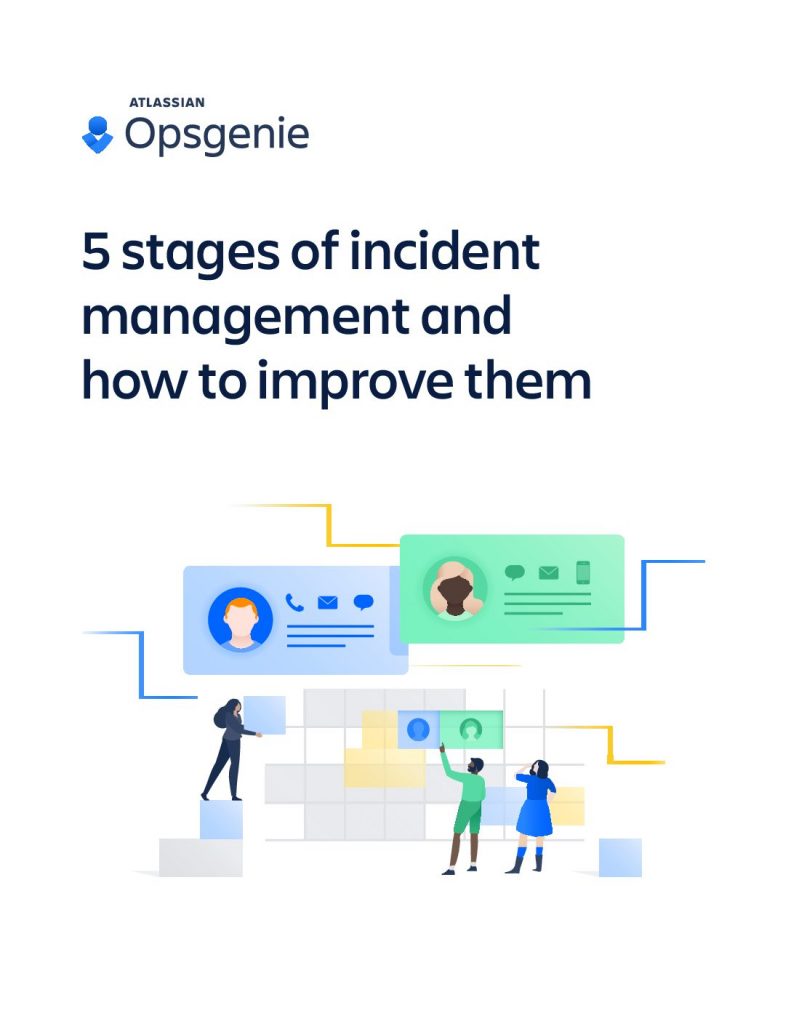With such potential impact on the line, organizations are rapidly evolving incident response practices to ensure they can be managed as quickly and effectively as possible. This means taking a holistic approach to an incident, understanding how it evolves, and how to continually improve the resilience of systems. From an academic perspective, there are several opinions on how many stages are associated with a typical incident response workflow. While this may be different for varying organizations, we’ll focus on the following five stages to represent the incident lifecycle:
- Preparation
- Detection and amp; Alerting
- Containment
- Remediation
- Analysis
Without consideration of each of these stages, organizations are exposing themselves to the risk that incidents will be mismanaged, resulting in unnecessary delays and associated costs.






